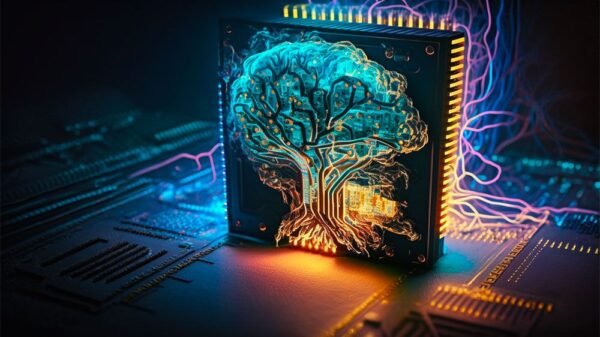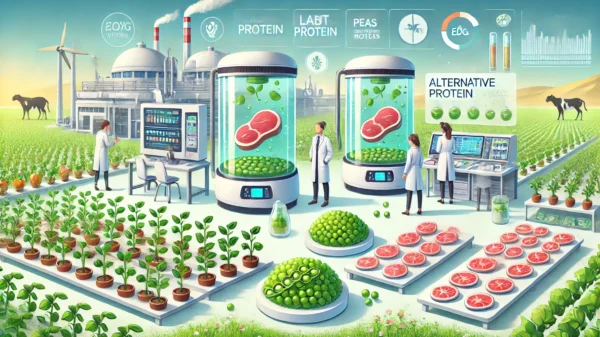Edge Computing and IoT Expansion: Enhancing Real-Time Processing
The Growth of IoT Devices in a Connected World The Internet of Things (IoT) continues to expand at an unprecedented rate, with billions of devices now connected across industries and consumer applications. IoT encompasses a wide range of devices, from smart home products like thermostats and security systems to industrial sensors and healthcare monitoring devices. As more devices come online, they generate vast amounts of data that need to be processed efficiently. This growth has amplified the need for edge computing, which allows data to be processed closer to its source, reducing the strain on centralized cloud systems and improving real-time responsiveness.
The Role of Edge Computing in Reducing Latency
Edge computing plays a critical role in the success of IoT by addressing the issue of latency. Traditionally, IoT devices rely on cloud-based systems to process data, which can lead to delays due to the time it takes to send data back and forth from the cloud. In situations where real-time decisions are required—such as in autonomous vehicles or industrial automation—this latency can be detrimental. By processing data closer to the device at the network’s edge, edge computing dramatically reduces these delays, enabling faster decision-making and smoother operation of IoT devices.
Real-Time Decision-Making in IoT Applications
One of the key benefits of edge computing is its ability to improve real-time decision-making in IoT applications. In industries like manufacturing, healthcare, and transportation, instant processing of data is essential for safety and efficiency. For example, in manufacturing, edge computing can be used to monitor equipment in real time, detecting potential failures before they happen. Similarly, in healthcare, wearable IoT devices can monitor patient vitals and use edge computing to trigger alerts if abnormal readings are detected, ensuring timely intervention.
Offloading Data from the Cloud
With the rapid increase in IoT devices, the amount of data being generated can overwhelm traditional cloud infrastructure. By utilizing edge computing, companies can offload much of the data processing from the cloud to the edge, easing the burden on cloud servers and reducing the costs associated with data storage and bandwidth. This also enhances data privacy, as sensitive information can be processed locally without being transmitted to distant cloud servers, reducing the risk of data breaches.
Scaling IoT with Edge Computing
As the number of connected devices grows, the scalability of edge computing becomes even more vital. Edge computing allows businesses to scale their IoT deployments more easily by distributing processing power across a network of edge devices rather than relying solely on centralized cloud infrastructure. This decentralized model makes it possible to manage a much larger number of IoT devices while maintaining high levels of performance and reliability.
Enhancing Security in IoT Networks
Security is a major concern in IoT networks, as the growing number of connected devices provides more potential entry points for cyberattacks. Edge computing can enhance security by decentralizing data processing, which reduces the risk of a single point of failure in a centralized cloud system. Additionally, by processing data locally, edge computing limits the exposure of sensitive data to the internet, providing an extra layer of protection against cyber threats.
Conclusion: The Future of IoT and Edge Computing
The combination of IoT and edge computing represents a powerful shift in how data is processed and utilized. As the IoT landscape continues to expand, edge computing will become increasingly critical in enabling real-time decision-making, reducing latency, and improving the efficiency and security of connected devices. This symbiotic relationship between IoT and edge computing will continue to shape the future of industries, making operations faster, more responsive, and more resilient to the challenges of data management and processing.
































